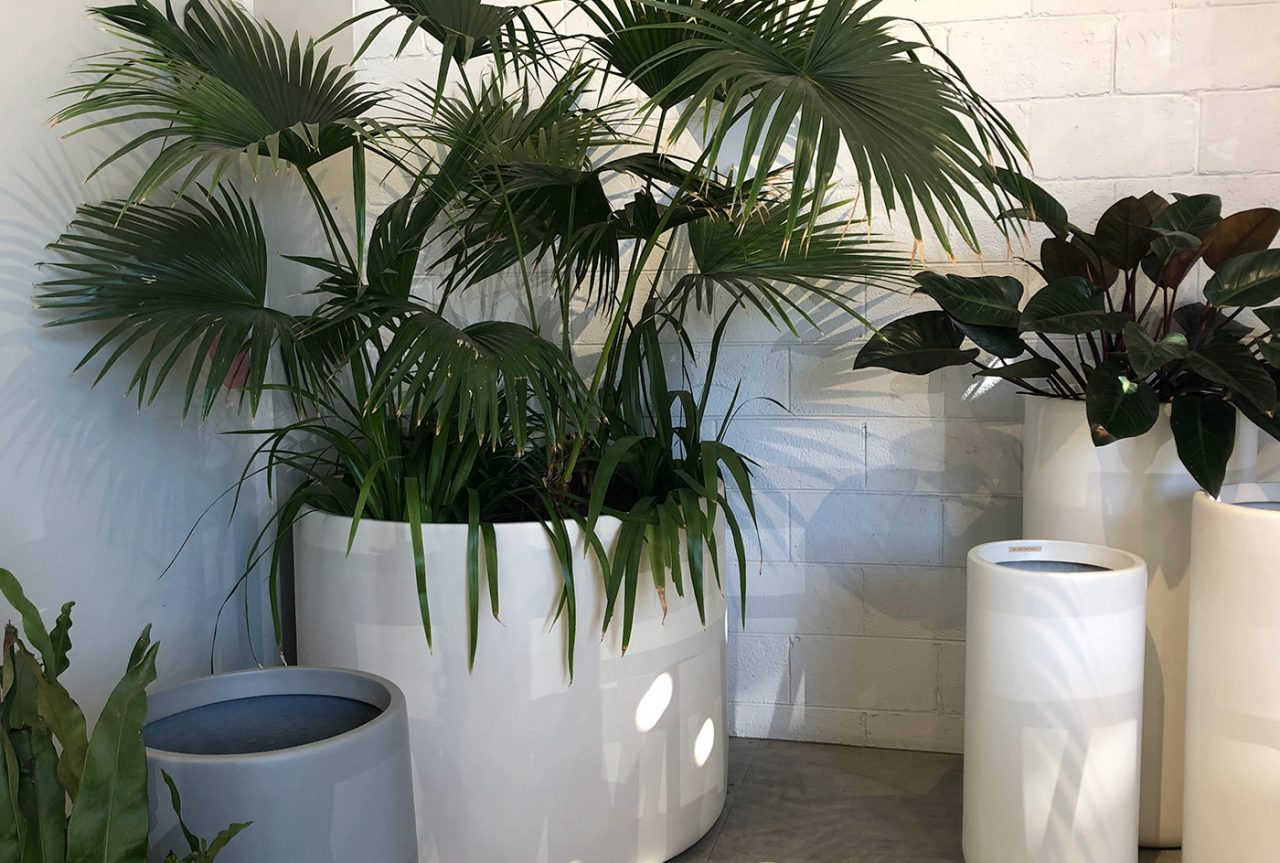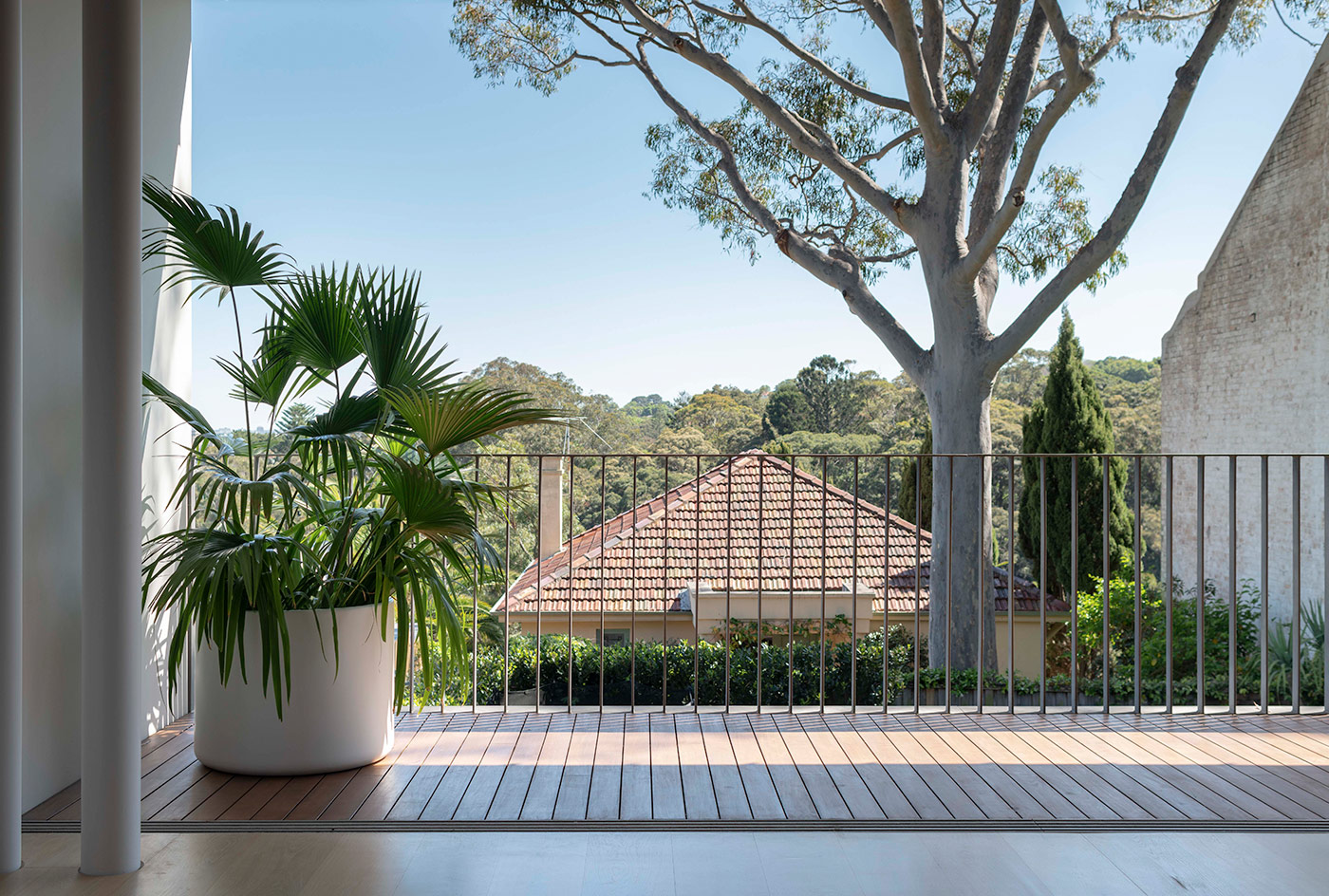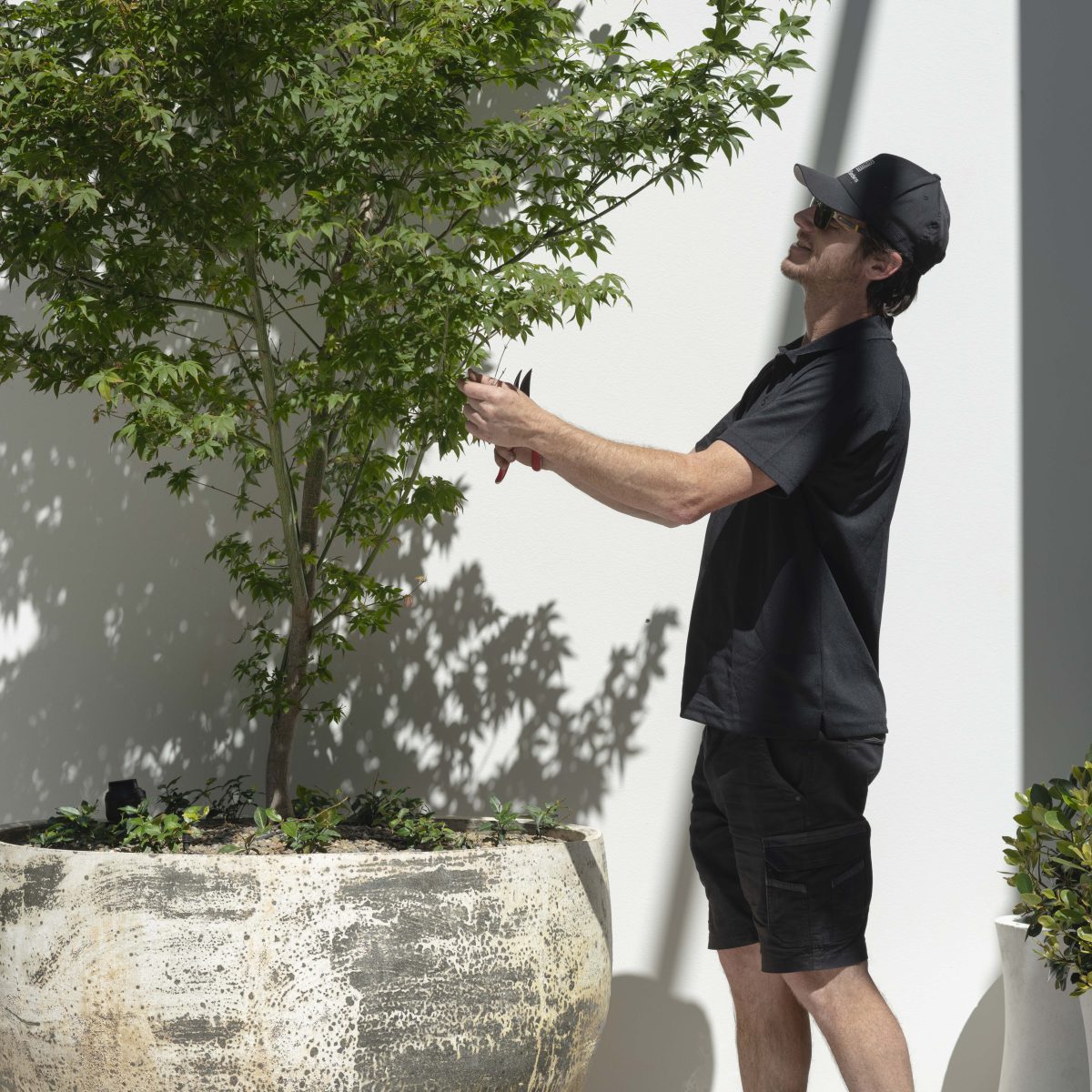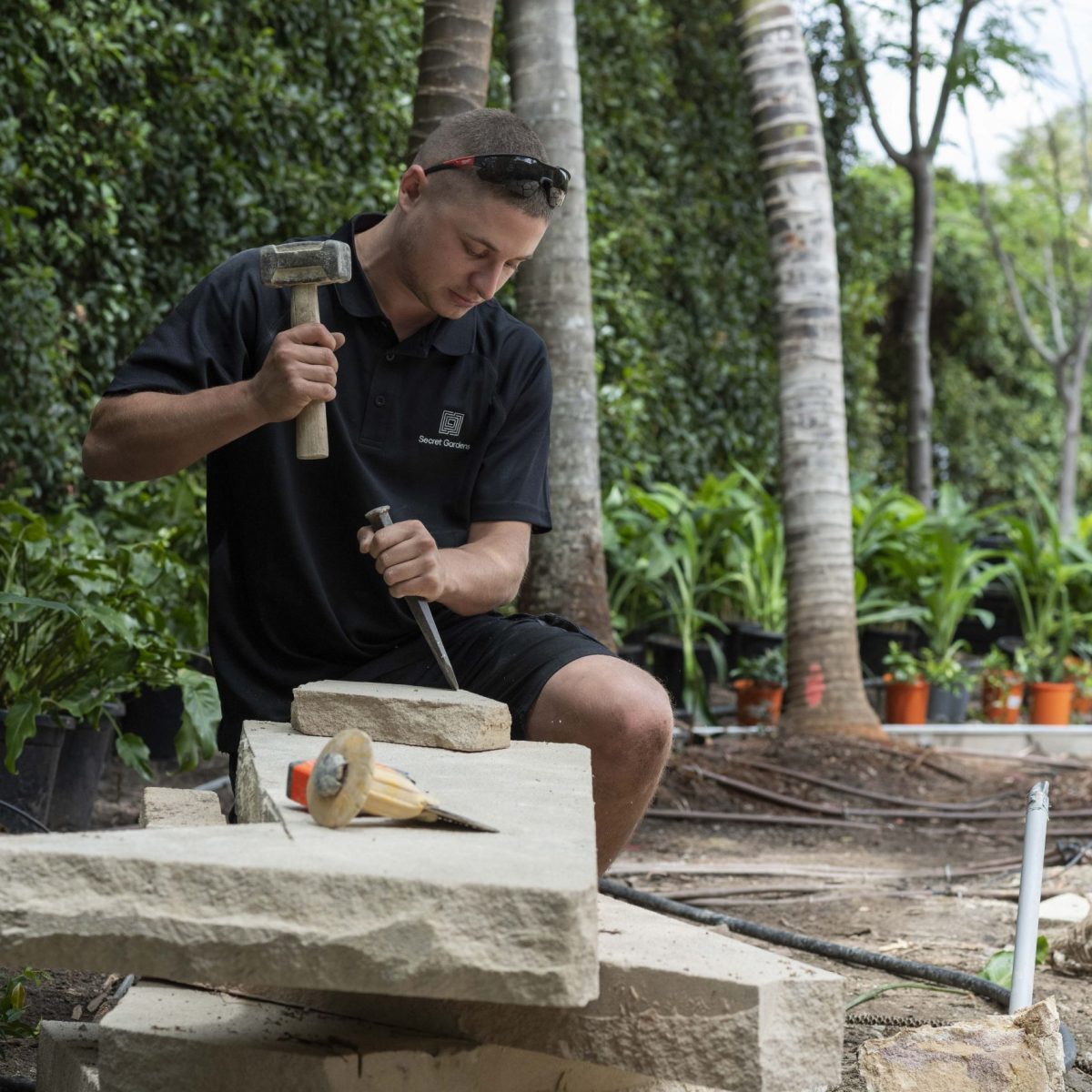Pick your plant
We have a very long list of preferred indoor plants, from ubiquitous favourites (shout out to Dracaena ‘Janet Craig’, a go-to plant for tricky indoor spaces) to more unusual specimens. While there’s nothing wrong with filling your home with ‘safe’ plants, why not try adding something a little different to set your home apart from the crowd? Here are a few of our off-beat picks:
Satin pothos: Just as easy to grow as the standard pothos (devil’s ivy) satin pothos has beautiful, velvety matte leaves that look stunning when allowed to drape and dangle from a high shelf or hanging planter.
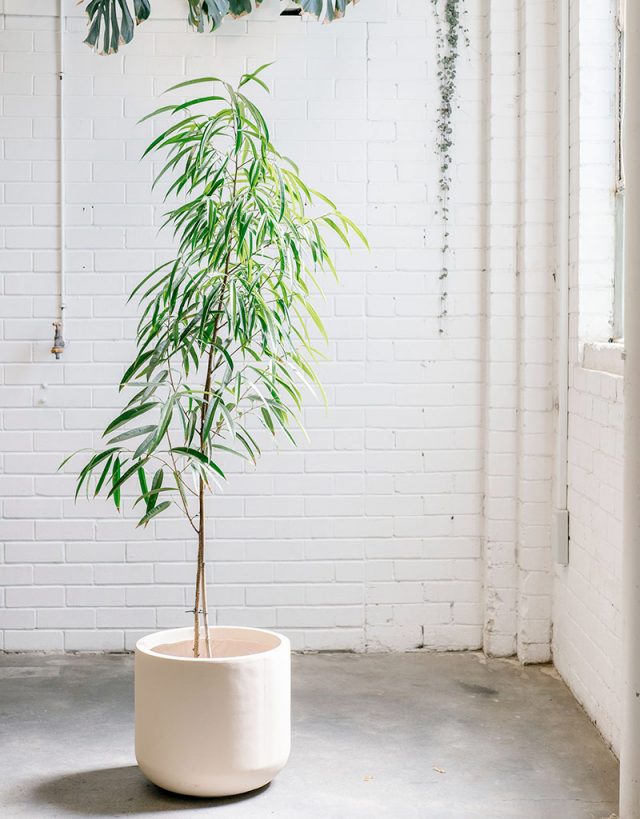
Ficus sabre: Move over fiddle leaf fig, there’s a new ficus in town! This fig variety looks almost like a bamboo, with glossy, strappy leaves, and can be pruned into a standard or allowed to grow big and bushy to fill a space. It’s also less temperamental than fiddle leaf, which is another reason to love this statement plant.
Fan palms: Seen in their natural, tropical environment, you wouldn’t think of these towering species as house plants, but they’re so slow growing, you might be able to have one inside for 10 years before it outgrows the space. Licuala ramsayi is an Australian palm with a cut leaf, while Licuala elegans has a full fan leaf – both are surprisingly easy to keep in a pot and look absolutely stunning indoors and out.
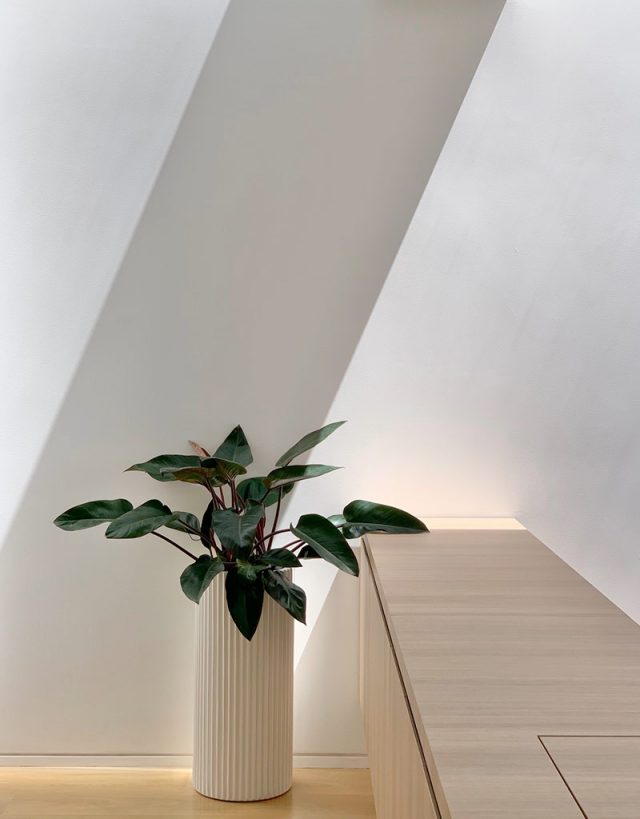
Which pot?
Choosing the right pot for your plant is about practicalities – making sure there’s enough root room for the plant, primarily – but equally comes down to aesthetics; a larger pot, for example, might not only make for a happier plant but also look more balanced with a big bushy palm popping out of it.
Colour and shape are matters of personal preference, but look to the rest of your décor for inspiration. Bright whites or darks can look stunning contrasted against a wall in the reverse shade, making a real feature of the pot. Or, you could try a complementary colour to let the plant make the statement; our Hibernate pot in Stone against a beige wall, for example, will blend into the background and allow the plant to shine.
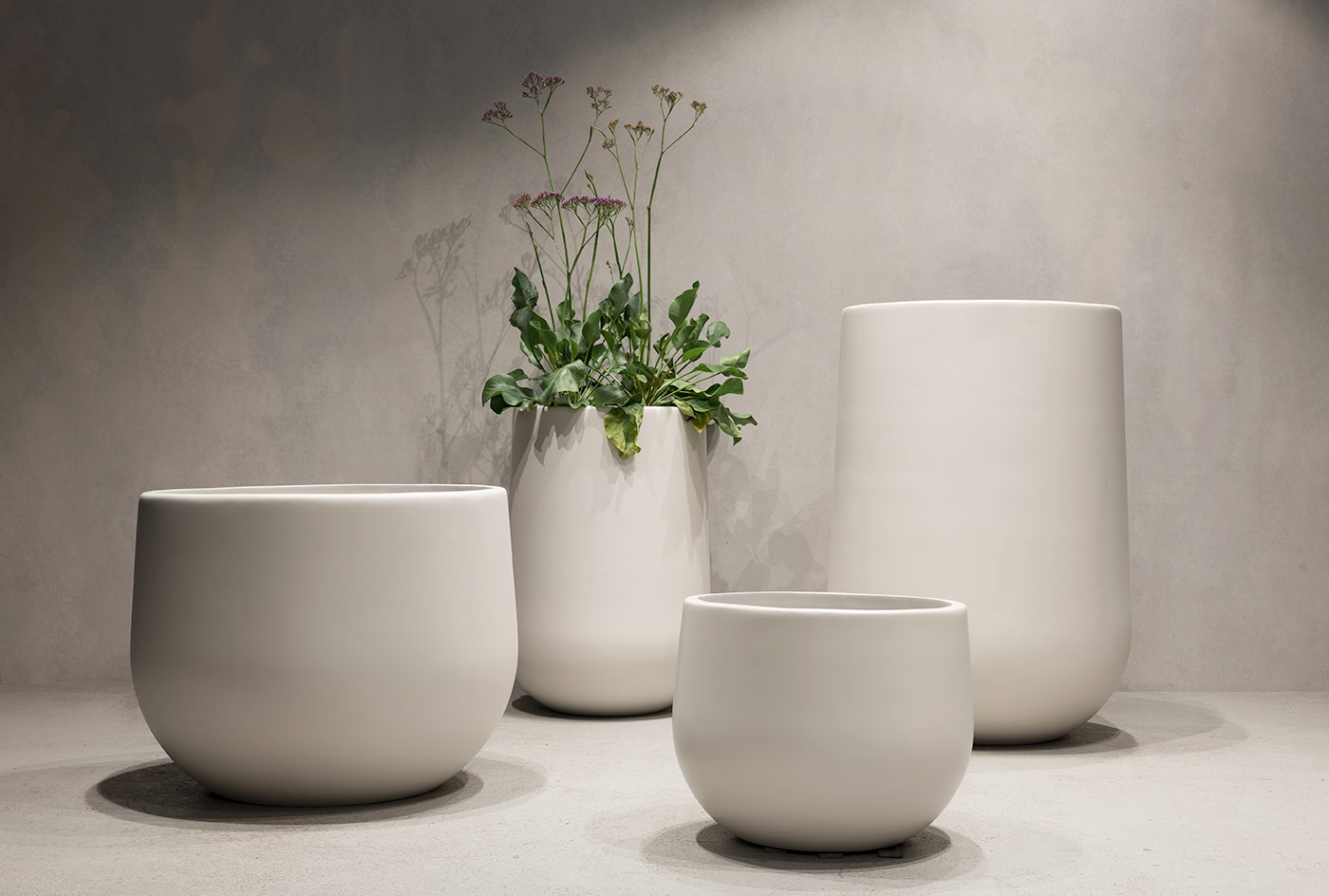
Plant care tips
If your indoor plants are looking sad towards the end of the winter, you’re not alone. Pots will take longer to dry out in winter and generally we tend to overwater them; touch-test your soil before watering and adjust your regime to suit, just the way we tweak our irrigation outside in the cooler months.
The other common problem with indoor plants in winter is lack of light, which is a tougher one to tackle. You can shift your plants around seasonally to capture the light they need, but if your home is fairly dim, it might be better to lean towards shade lovers that will be happiest in those conditions.
